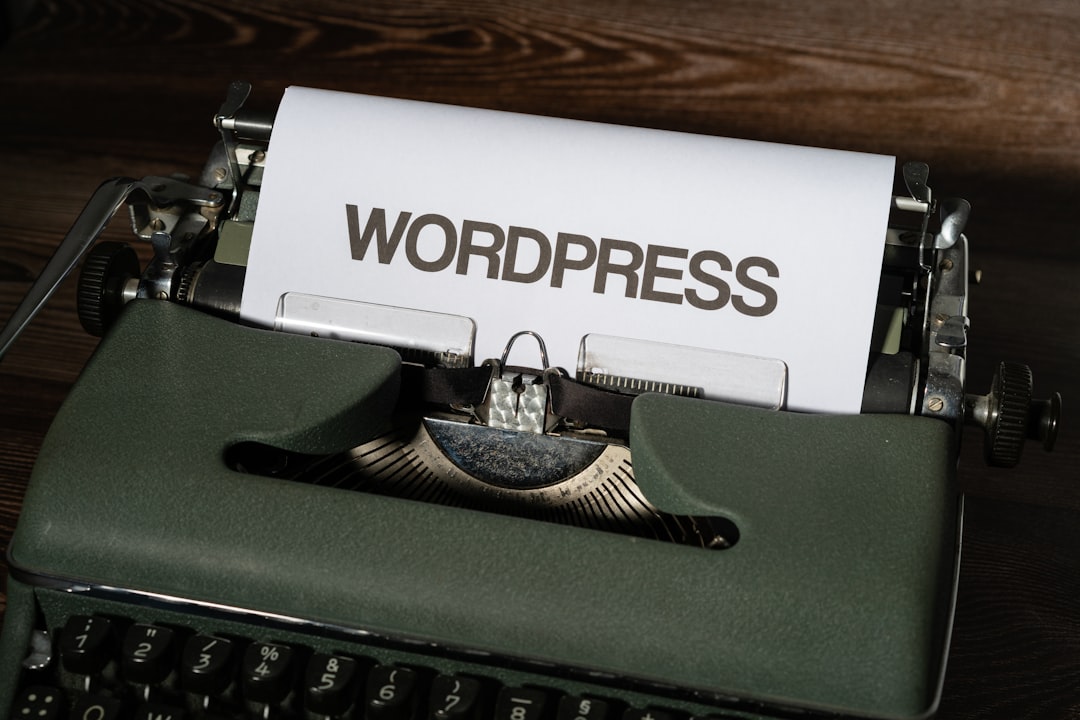As eCommerce continues to evolve in 2025, U.S. small businesses are facing an increasingly important decision: Which platform is truly better for my store—WooCommerce or Shopify? Both are powerful options, each with unique strengths and some trade-offs. Whether you’re just starting or looking to scale, picking the right tool can dictate how efficiently you manage your online store and how far your business goes.
In this article, we’ll compare WooCommerce and Shopify across key categories that matter most to small business owners in the U.S., such as ease of use, customizability, pricing, and local support.
1. Ease of Use
Shopify: Known for its intuitive, user-friendly interface, Shopify is designed with non-tech-savvy users in mind. From the moment you log in, setting up products, configuring payment gateways, and launching your store is simple and fast. Everything is hosted for you—there’s no need to worry about server maintenance or security updates.
WooCommerce: As a WordPress plugin, WooCommerce integrates deeply with an existing WordPress site. However, it assumes a bit more technical knowledge. You’ll need to manage your own hosting, security, and updates—or hire someone to do it for you. While the learning curve is steeper, it’s a solid choice for those already familiar with WordPress.

2. Customization & Flexibility
WooCommerce: This platform shines when it comes to customization. As open-source software, virtually every aspect of your store is customizable. Want a completely unique checkout process or a one-of-a-kind design? With access to PHP, HTML, and CSS, it’s all possible.
Shopify: While Shopify is also customizable, you’re restricted to the Shopify framework. Most tweaks must be made through the Liquid templating language, and some advanced features might require upgrades to more expensive plans or additional apps.
Verdict: If full control over every element of your site is a must, WooCommerce is the frontrunner. But if simplicity and staying within a system that “just works” are more important, Shopify wins here.
3. Cost & Scalability
Shopify: Shopify’s monthly plans start at around $39 in 2025, with transaction fees unless you use Shopify Payments. Add-ons and themes can drive costs up quickly. While it’s more predictable than WooCommerce, expenses can still mount as your store grows.
WooCommerce: WooCommerce itself is free, but you must pay for hosting, a domain, paid plugins, themes, and possibly development help. Hosting can range from $10/month to $100/month, depending on traffic and performance needs. The upside? No mandatory transaction fees.
Key tip: Shopify is ideal for businesses looking for a predictable monthly cost. WooCommerce might be more budget-friendly for those willing to handle some setup and maintenance themselves.
4. U.S.-Specific Considerations
For U.S. small businesses, localization features and customer support can be important differentiators:
- Payment Gateways: Both platforms support major U.S. processors like Stripe, PayPal, and Square. Shopify pushes its own payment system, while WooCommerce leaves you free to choose.
- Sales Tax: Shopify automates U.S. sales tax collection across states, which is increasingly vital after changing tax laws. WooCommerce can do this too, but it often requires plugins like TaxJar or Avalara.
- Support: Shopify offers 24/7 customer support via chat, email, and phone. WooCommerce support varies. You may rely on community forums or pay for premium support from hosts or plugin providers.

5. SEO and Marketing Capabilities
WooCommerce: Built on WordPress, WooCommerce offers superior SEO capabilities out-of-the-box. Plugins like Yoast SEO make it easy to rank higher on Google and target local U.S. search traffic effectively.
Shopify: While Shopify has solid SEO features, experts consider it a tier below WooCommerce in this area. Control over certain SEO elements, such as URL structures and metadata, is somewhat limited.
Final Verdict: Which is Better for U.S. Small Businesses in 2025?
If your priority is ease of use, worry-free hosting, and fast setup, Shopify may be your best bet. It’s particularly attractive for businesses that prefer an all-in-one solution with strong support and predictable pricing.
But if you crave ownership, flexibility, and want to keep long-term costs down, WooCommerce is tough to beat—especially if you already use WordPress or have access to tech expertise.
Ultimately, it’s less about which platform is better universally and more about which one aligns with the goals, capabilities, and growth plans of your business.
Take time to evaluate your needs, test both platforms if you can, and choose the one that will give your eCommerce efforts the best chance of success in 2025 and beyond.